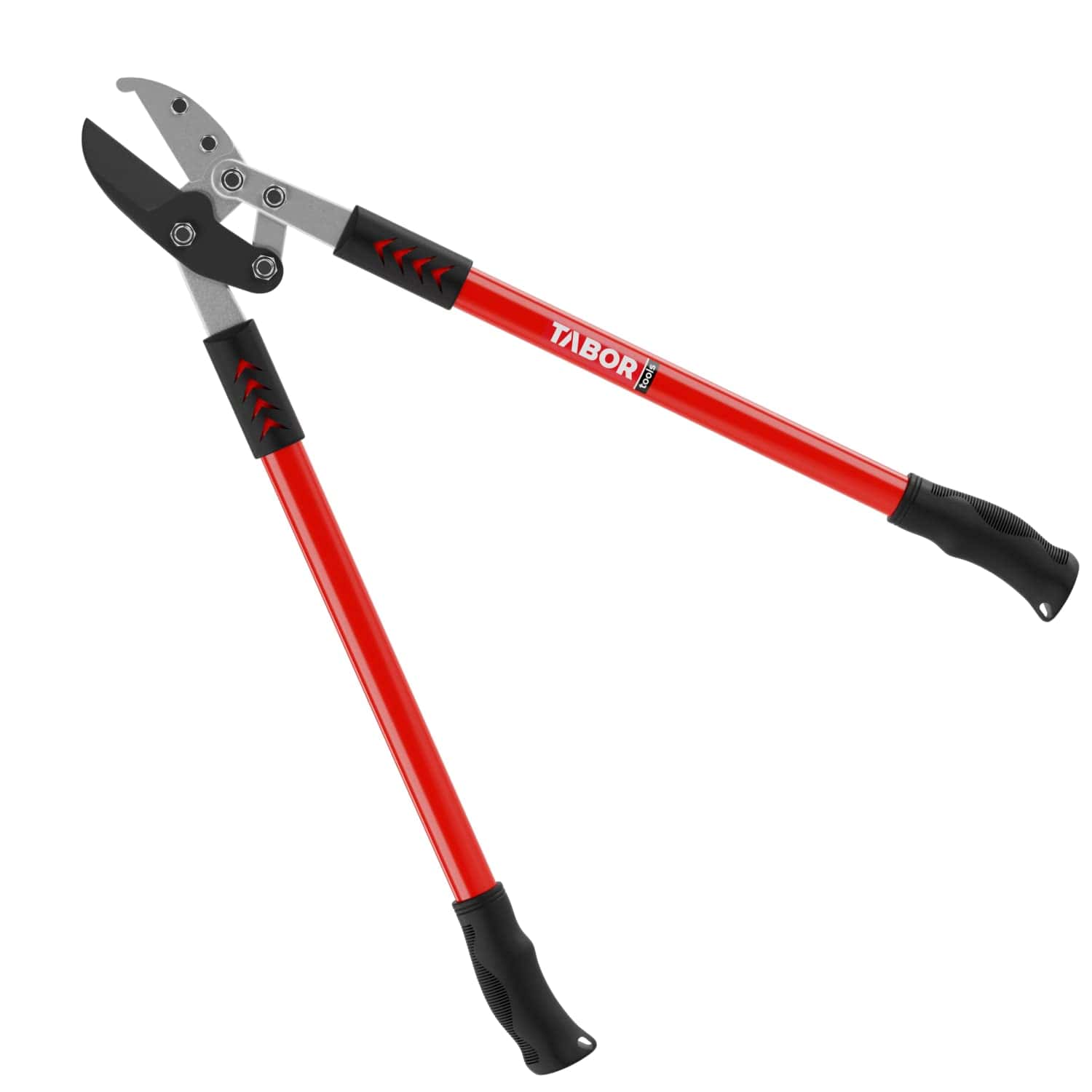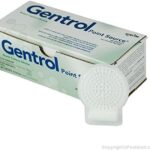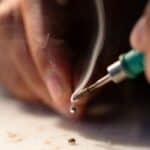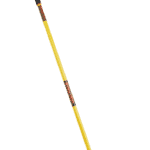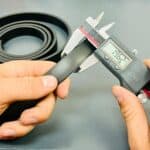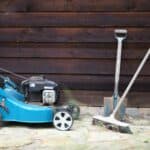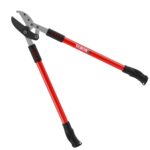When it’s time to trim your evergreens, choosing the right tool can make the job easier. The best tool for trimming evergreens depends on the type and size of the branches. For small branches, hand pruners work well. They are easy to use and handle delicate cuts.
For larger branches, loppers or a pruning saw are the better choices. Loppers have longer handles and can cut thicker branches. A pruning saw can handle even bigger branches and is helpful when precision is important. Safety is key, so make sure to wear gloves and safety glasses when cutting.
Evergreens need regular trimming to stay healthy and look their best. Remove any dead or damaged branches first. Next, shape your tree or shrub as needed. Always cut just above a healthy bud or branch to encourage new growth. This careful care helps your evergreens thrive all year.
Understanding Evergreen Care
Taking care of evergreens involves knowing their types, how to keep them healthy, and the best times to prune. This helps keep them looking great and ensures they stay vigorous.
Identifying Common Evergreen Varieties
Evergreens include trees and shrubs. Common types are juniper, yew, fir, pine, spruce, and arborvitae. Others include boxwood, hemlock, and cypress. Holly and rhododendrons are also popular. Each variety has unique care needs. For example, juniper and yew shrubs are often used in hedges. Fir and pine trees are known for their height and needle-like leaves. Spruce trees are also tall and have a pyramidal shape.
Here’s a list of common evergreen varieties:
- Juniper: Low-growing shrubs or tall trees.
- Yew: Dense, with bright green needles.
- Fir: Tall trees with soft needles.
- Pine: Known for long needles and cones.
- Spruce: Pyramidal shape, stiff needles.
- Arborvitae: Dense and columnar.
- Boxwood: Small leaves, used in hedges.
- Hemlock: Feathery, cascading branches.
- Cypress: Varieties include both trees and shrubs.
- Holly: Known for its red berries.
Health and Growth Factors
Ensuring evergreens are healthy is key. This involves checking for signs of disease, like discolored leaves or dead branches. Ensure they get enough sunlight and water. Good soil drainage is essential. Too much water can cause root problems. Evergreen shrubs like boxwood need well-drained soil.
Proper feeding helps growth. Use a slow-release fertilizer in early spring. This supports new growth. Monitor for pests like spider mites. Removing dead or diseased branches keeps the plant healthy. Regular inspection helps catch problems early.
Here are tips for maintaining health:
- Sunlight: Most evergreens need full sun.
- Water: Water deeply but infrequently.
- Soil: Well-drained soil is best.
- Fertilizer: Use slow-release in spring.
- Pests: Watch for insects and treat quickly.
Optimal Timing for Pruning
Pruning keeps evergreens neat and healthy. The best time varies by type. Most can be pruned in early spring. This includes evergreens like pine and spruce. Pruning during this time encourages dense, new growth. Fir trees can also be pruned the same way.
Some evergreens like holly can be pruned in late winter. This helps shape the plant and remove dead branches. Late summer pruning is usually avoided as it may encourage new growth that won’t harden before winter.
Here’s a guide for pruning times:
- Early Spring: Pine, spruce, fir.
- Late Winter: Holly, boxwood.
- Avoid Late Summer: Prevents new growth before winter.
Regular pruning helps maintain shape and health.
Pruning Techniques and Tools
Pruning evergreens helps to shape the plants and remove damaged or diseased branches. It also keeps hedges tidy and maintains the natural form of the trees and shrubs.
Proper Pruning Methods
Proper pruning methods are crucial for healthy growth. Begin by cutting off any dead, diseased, or broken branches. For small branches, use hand pruners. Make the cut at the base of the stem. For thicker branches, use loppers or a small saw.
When trimming individual branches, cut back to a lateral branch or a visible bud to ensure healthy growth. Spruce trees and firs can be pruned in spring by cutting back to lateral branches. Use shears to shape hedges and keep them dense. Always disinfect pruning tools with rubbing alcohol to prevent disease spread.
Tool Selection and Maintenance
Choosing the right tools makes pruning easier. Pruning shears are perfect for small branches. Loppers handle thicker branches, while a hand saw works well for very thick stems. Hedge trimmers can shape hedges quickly.
Keep tools sharp to make clean cuts. Dull blades can damage branches and make pruning harder. Regularly clean tools and disinfect them to prevent the spread of diseases. Wearing gloves will protect hands from thorns and sharp edges.
A table summarizing essential tools:
| Tool | Use |
|---|---|
| Pruning shears | Small branches |
| Loppers | Thicker branches |
| Hand saw | Very thick stems |
| Hedge trimmers | Shaping hedges |
| Rubbing alcohol | Disinfecting tools |
Addressing Specific Issues
When dealing with specific issues, follow these guidelines. Remove any damaged branches in spring to help plants recover from winter damage. For pines, pinch back “candles” in spring to control growth and make the foliage denser.
If brown tips appear on shrubs, cut back the affected areas. Removing dead or diseased wood helps stop the spread of decay. Always cut back to healthy wood to ensure proper healing. Consider using a splint for damaged main stems to support growth.
Proper care and the right tools ensure healthy and beautiful evergreens.
Frequently Asked Questions
This section gives answers to common questions about tools for trimming evergreens. It covers the best electric tools, pruning techniques, and timing.
What is the most effective electric tool for trimming bushes?
An electric hedge trimmer is ideal. It’s powerful and cuts through branches quickly. Look for one with sharp blades and a comfortable grip.
Which pruning tool is best suited for trimming the bottom of evergreen trees?
A hand saw works best for trimming lower branches. It allows for precise cuts and is easy to control. For smaller branches, loppers are also a good choice.
What are the names of the most commonly used pruning tools for shrubs?
Common pruning tools include:
- Hand pruners (secateurs)
- Loppers
- Hedge shears
- Pole pruners for high branches
Where can homeowners find professional-grade bush trimming tools?
Professional-grade tools are available online or at garden centers. Stores like Home Depot, Lowe’s, and specialty gardening shops often carry these tools. Websites like Amazon also have a wide selection.
How should one approach trimming an overgrown evergreen?
Start by removing dead, damaged, or diseased branches. Next, cut back any overly long branches to a lateral branch or a bud. For large branches, consider cutting back to the main trunk or another main branch.
When is the optimal time of year to prune evergreen trees?
Late spring is the best time to prune most evergreens. This is right after new growth has emerged. Pruning at this time helps shape the plant while keeping it healthy.

